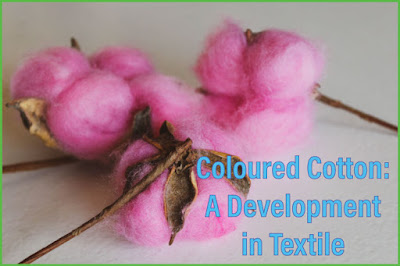New Developments in Textile Fibres and Fabrics
Last updated on July 24th, 2023 at 12:29 am
Now a day every textile industry has its RND (research and development department. This department works for new developments for Buyers attraction. Buyers are also interested in something new. Besides, many Agencies and Farms are working on new developments. They are working on sustainability and better raw material properties. These newly developed materials should be cost-effective too.
It is essential to be aware of technological developments during fashion designing. If we do so, that we can use the best and most relevant fabrics for the job. Consumers are demanding qualities from textiles that enhance their lifestyles, such as comfort, performance, fit, shape retention, trans-seasonal versatility, quality and style, added value, lightweight properties and ecological integrity.
New Developments in Traditional Fibres
- The growing of colourful cotton to make colourful products.
- Organically produced, water repellent, waxed cotton for a rain suit.
- Compatible, shrink resistance between wool and cotton or cotton and cashmere fibres.
- Non-iron or stain-resistance finishes applied to cotton and linen fibres to make more durable products.
Non-Traditional Fibre Sources
- It is possible to blend Jute with other fibres to develop more strength.
- Nettle provides a fine, strong yarn and has good insulation properties. It can be used for industrial purposes.
- Hemp is a soft but durable fibre. It can also be used for development purposes.
- Sisal has good antistatic properties and can be blended with another fibre.
- Pineapple and banana leaves produce a silk-like fibre, but they are costly to produce.
- Peat fibres produce a felt-like fabric with good antistatic, hypoallergenic and absorbent attributes.
- Alginate is used for dressings and promotes healing. It is water-soluble and flame resistant.
Synthetic Polymers
- Polypropylene, traditionally used in packaging and sacking, produces a tough, delicate, waterproof fabric with good thermal attributes.
- Polyethylene, traditionally used for banners and packaging, can be used for disposable fashion articles.
- Polyvinyl chloride (PVC) is used for finishing and coating textiles and can be heat set for exotic creations as it is heat sensitive.
Other Materials
Metals
Steel, copper and aluminum can be used in knitting, woven and non-woven fabrics. For example, metallic fibre is used on fashionable clothing for aesthetic purposes.
Rubber
Fine latex can now be used for garments and accessories. It can also be moulded to create seamless shapes. Sometimes it is used for embossing print backing on denim products.
Paper
There is an improvement in using paper for textiles; they may have a polyurethane coating and have high power, good light fastness, and temperature resistance. Paper is mostly used for packaging material. But newly developed paper materials are used for advanced purposes.
Glass
Fibres can be included in textiles for reflective purposes, but have poor abrasion qualities.
Ceramic
Used with polyester, ceramic fibres can offer waterproof qualities and ultra-violet (UV) protection and can help to maintain body temperatures when incorporated into textiles.
Blending
Silk and Steel
Silky yarns mixed with steel can produce fine but firm constructions. These firm constructions are used as Technical Textile.
Wool
Wool may be blended with other fibres, such as KevlarTM (bullet-proof-fabric) to produce a more robust, textural, performance fabric. These are also used in the Technical Textile fields.
You may like also: What is Medical Textile | Application Area of Medical Textile




